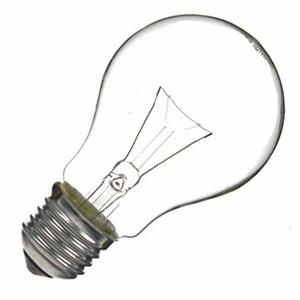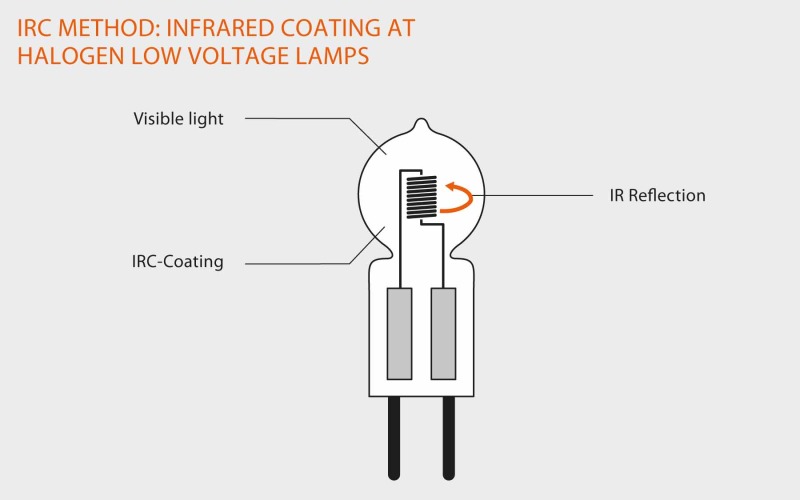Could this be the upgrade incandescent light bulbs need?

Recently researchers from MIT have redesigned the filament, surrounding it with a coating which reflects back the heat that would normally be wasted but still lets through visible light. The effect of this is a reduction in the amount of electrical energy needed to heat the filament and make it glow.
Hang on – doesn't this sound familiar?
Well yes, it does! Osram’s IRC process which it’s been using for many years is a very similar concept. Here IRC stands for Infra Red Coating. This coating is applied to the outside of a halogen bulb and reflects the heat back in. Again this reduces the amount of wasted heat energy, increasing the efficiency of the bulb by about 30%. This process also increases the life of the bulb to 5,000 hours from the standard 2,000.
Osram have applied their IRC technology to their MR16, capsule and G9 ranges.

Back to incandescent bulbs
What could the new researchers’ filament coating mean for lighting?
Well we're all about reducing energy bills and becoming greener and using this technology would help us do just that. Only a third of the power is required to produce the same level of light as a standard incandescent. This sounds pretty good but there are LEDs already available which use just a tenth of the power for the same light as a standard incandescent.
This means it’s doubtful these revamped incandescent will be on the market any time soon but it’s likely the process the researchers have created could be applied to other technologies.


